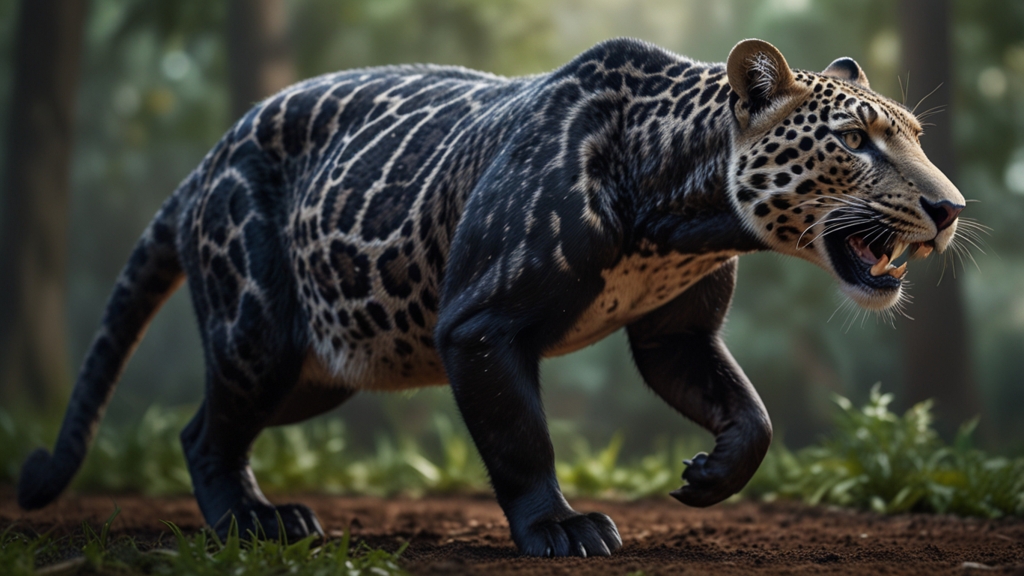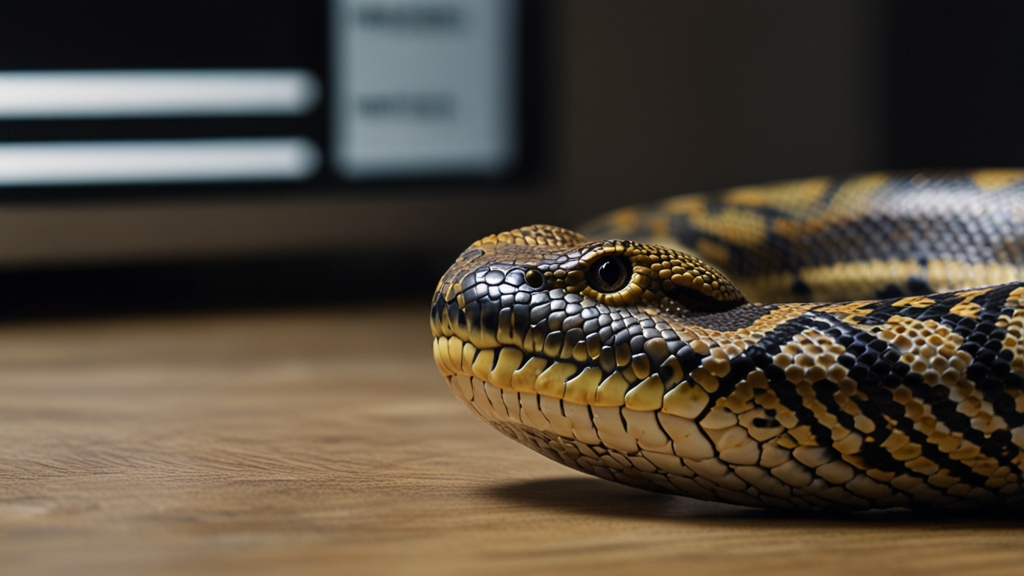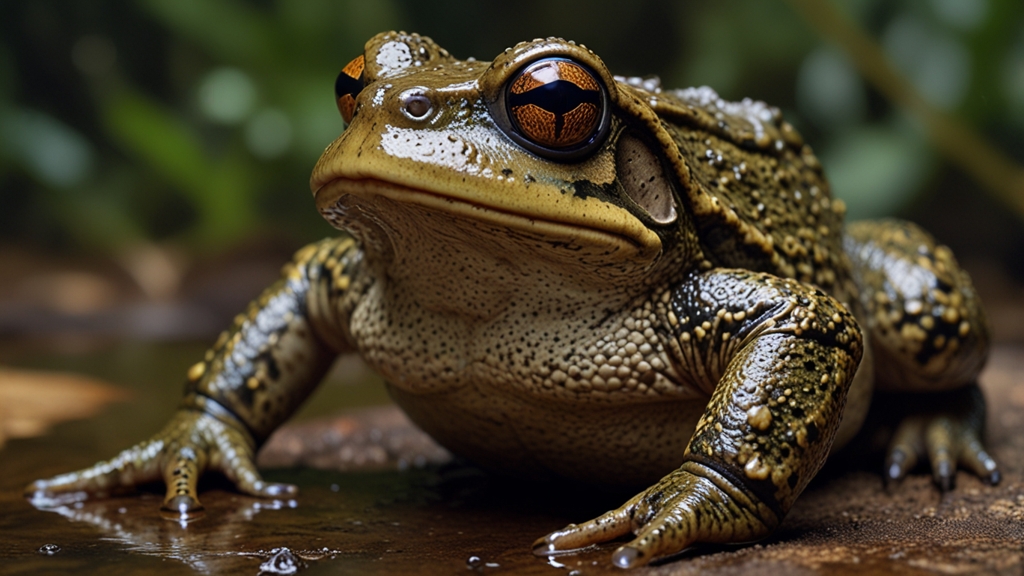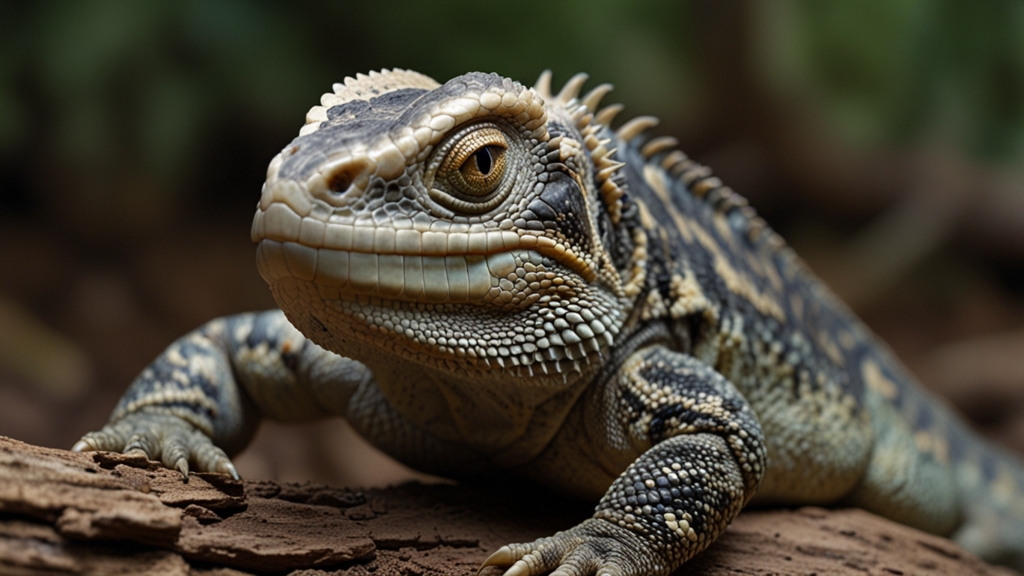Miraculous Mammal Adaptations: Evolution's Most Brilliant Designs
From the depths of the oceans to the vast savannahs, mammals exhibit some of the most incredible adaptations in the animal kingdom. These fascinating creatures have evolved over millions of years, developing unique traits that help them thrive in their specific environments. Whether it’s the agile acrobatics of arboreal mammals or the extraordinary underwater capabilities of marine species, the diversity of mammalian adaptations showcases evolution’s most brilliant designs.
Arboreal Adaptations
Arboreal mammals, such as monkeys, squirrels, and sloths, have evolved remarkable adaptations for life in the trees. Prehensile tails, which act as a fifth limb, allow New World monkeys to grasp branches with ease, enabling them to navigate the forest canopy effortlessly. Squirrels possess sharp claws and flexible ankles, which allow them to ascend and descend trees quickly and with great agility.
“The adaptability of arboreal mammals is a testament to the ingenuity of natural selection. Their specialized limbs and heightened sensory capabilities are marvels of evolutionary engineering.” — Dr. Samantha Greene, Evolutionary Biologist
Sloths, on the other hand, capitalize on their slow metabolism and energy-efficient movements to conserve energy, minimizing their need to descend to the ground, where they become vulnerable to predators. These adaptations not only facilitate survival in a three-dimensional habitat but also minimize competition for resources on the forest floor.
Marine Marvels
The underwater realm is home to some of the most specialized mammals, including whales, dolphins, and seals. These marine mammals have evolved a range of physiological and anatomical characteristics to excel in aquatic environments. Whales and dolphins, equipped with streamlined bodies and powerful tails, can travel vast distances and dive to incredible depths.
“Marine mammals demonstrate the incredible adaptability of life. Their transition from land to sea involved significant evolutionary changes, such as the development of blubber stores for insulation and modified limbs for swimming.” — Dr. Andrew Collins, Marine Biologist
Additionally, marine mammals possess specialized respiratory systems that allow them to hold their breath for extended periods. For instance, the sperm whale, capable of diving nearly 10,000 feet, can hold its breath for over 90 minutes. Furthermore, seals exhibit a unique adaptation known as bradycardia, where their heart rate slows dramatically during deep dives, conserving oxygen and allowing prolonged underwater excursions.
Desert Dwellers
Desert-dwelling mammals, such as camels, kangaroo rats, and fennec foxes, have evolved ingenious adaptations to cope with the harsh, arid conditions of their habitats. Camels are iconic examples of these adaptations, with their humps storing fat that can be converted into water and energy when resources are scarce. Their thick fur insulates against both heat and cold, while their specialized nasal passages minimize water loss.
Kangaroo rats exhibit the remarkable ability to survive without drinking water, acquiring all necessary hydration from their diet of seeds. These small rodents have highly efficient kidneys that concentrate urine, reducing water loss to a minimum. Similarly, the fennec fox, with its large ears, dissipates heat effectively while enhancing its ability to locate prey in the vast desert expanses.
Subterranean Specialists
Subterranean mammals, such as moles and naked mole rats, have developed extraordinary traits for a life spent primarily underground. Moles have powerful forelimbs with large, spade-like paws, making them proficient diggers capable of creating intricate tunnel systems to hunt for invertebrates. Their velvety fur can lay flat in any direction, reducing friction as they move through narrow tunnels.
“The adaptations seen in subterranean mammals are some of the finest examples of convergent evolution, where unrelated species develop similar traits to survive in analogous environments.” — Dr. Laura Mitchell, Zoologist
Naked mole rats, interestingly, are one of the few eusocial mammals, living in colonies with a division of labor similar to ants or bees. Their physiology is uniquely adapted to low-oxygen environments, showcasing a reduced pain sensitivity and an exceptional resistance to cancer.
Conclusion
The diverse adaptations of mammals are a testament to the power and creativity of evolution. Whether navigating treetops, diving into the depths of the oceans, surviving parched deserts, or burrowing underground, mammals have developed a suite of remarkable traits that highlight the ingenuity of natural selection. These miraculous adaptations not only underscore the beauty of evolutionary processes but also inspire awe and curiosity about the natural world and its complex inhabitants.









